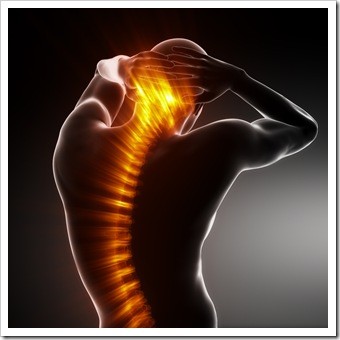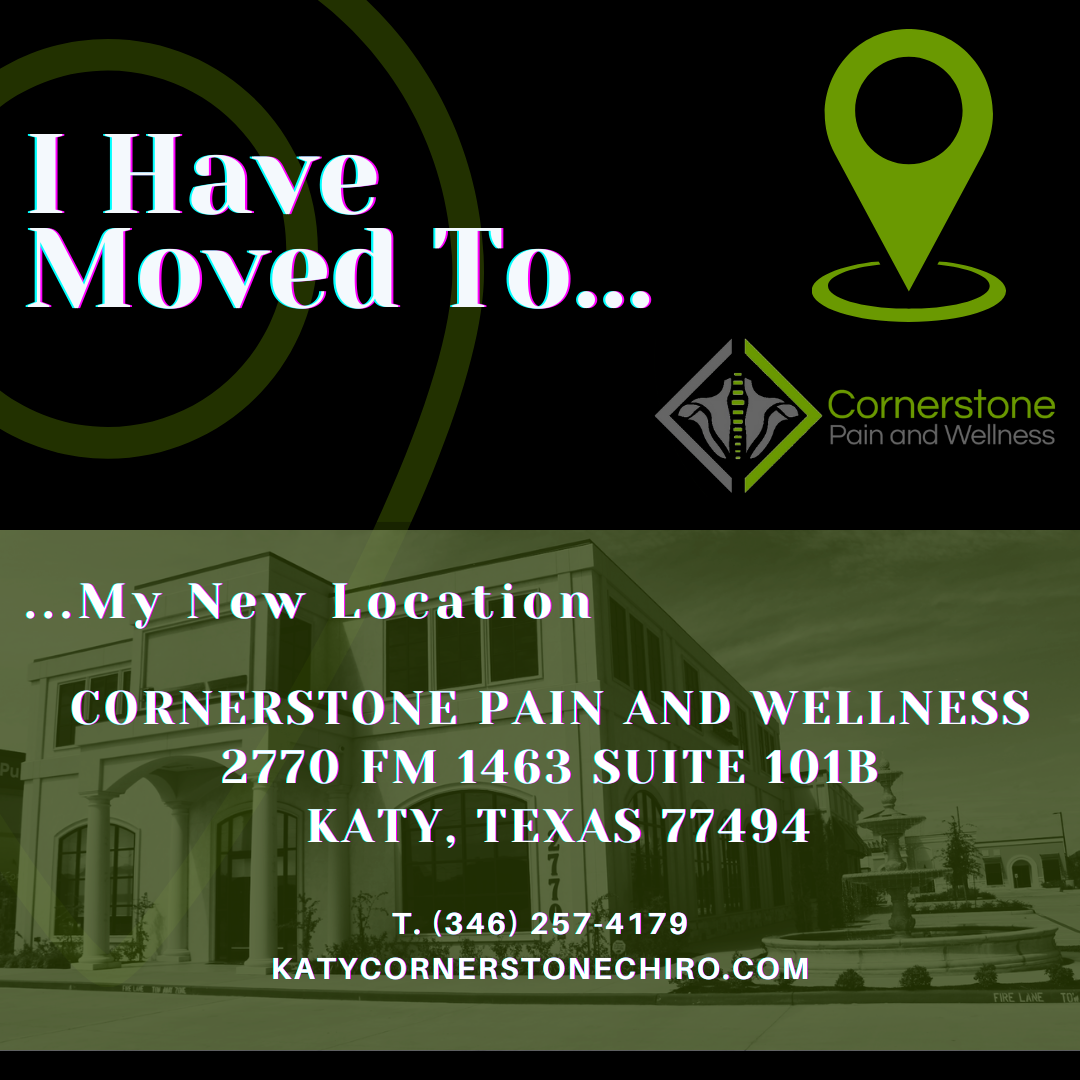
Traveling in any mode of transport can be physically demanding. Even if the final destination is a luxury holiday, getting there can leave you tired, stressed and in pain.
Sitting down for too long can cause significant problems for the body. No matter how comfortable the seat or surroundings, pressures build and blood flow is restricted. This is why some people experience DVTs on long-haul flights; because pressure builds up in the blood vessels of the lower legs as the blood becomes more sluggish. Contracting and relaxing the muscles can help to counter this and help the blood flow better.
The following advice will help you to travel more comfortably, and more safely:
Warm Up and Cool Down
Travel should be looked on as a form of strenuous exercise that requires a period of warming up and cooling down. Warm up and stretch before you travel, and cool down with a brisk walk when you arrive to reinvigorate your hamstring and calf muscles.
Car Travel
- If you are driving, adjust the seat so you’re as close to the wheel as you can be while still feeling comfortable. Keep the knees just a little bit above the hips.
- Use a back support if the seat does not provide adequate support by design. This will help reduce the risk of lower back pain and injury. The support should be widest between the lowest ribs and the waist.
- Exercise your legs while driving to keep the blood flowing and limit any swelling or pain. Count to 10 while spreading your toes wide; count to 5 while tightening your calf muscles, followed by your thigh muscles, then your glutes (butt); roll your shoulders back and forward (keeping your hands on the wheel!).
- Alternate holding the wheel with your hands at the 2 and 7 o’clock positions, and then the 10 and 5 o’clock positions.
- Try not to grip the wheel too tightly, which reduces the circulation and increase fatigue in the muscles of the hands, wrists and arms.
- Vary your focal point to reduce eye strain and headaches, but keep your eyes on the road.
- Take frequent breaks from driving; remember that fatigue behind the wheel can kill.
Air Travel
- Airline seats are incredibly spine-unfriendly. Standing up straight, familiarize yourself with the normal curve of your spine, then use rolled-up towels to recreate that curve when sitting down. Use another between your neck and the headrest.
- Bags heavier than 5-10% of your body weight should ideally be checked in rather than carried on. Lifting heavy bags into overhead lockers can hurt the spine. Whatever the weight of the bag, make sure you stand directly in front of the compartment and do not twist your back or neck when lifting.
- Under-seat luggage should not be forced in using feet or hands while standing, which can cause muscle spasms given the confined and awkward space between the seats. Instead, sit down first, then push it in using both your hands and feet.
- Move about in your seat frequently to keep the blood flowing and guard against cramps. Massage your thighs and calves, then push up with your toes to shift your knees up and down. Use a bag to raise your feet higher.
- Don’t blast yourself with the overhead air vents which can cause your neck and shoulders to tense.
Traveling Safely with Kids:
- Use an approved car seat appropriate to the age of the child when traveling in a car.
- Infant car seats should always face rearwards so that any impact is spread around the back and shoulders and not taken directly by the neck.
- A car seat should not be used in the front seat of a car where an airbag could deploy into it. Similarly, if the rear doors or the rear of the front seats are equipped with airbags, position the child seat in the center of the rear seat to avoid it being hit by any of them.
- Secure the car seat as per instructions and make sure it is properly fixed in place and cannot shift. The seat should be at a 45-degree angle to properly support the child’s head.
- Traveling by air, ask if a car seat can be used which is safer than seating a child on your lap.
Chiropractic Care is There
If you are in any lingering pain following travel, seek the advice and help of a doctor of chiropractic. Chiropractors are trained to diagnose and treat people of all ages.
For Your Health,
Dr. Frederick Savard

